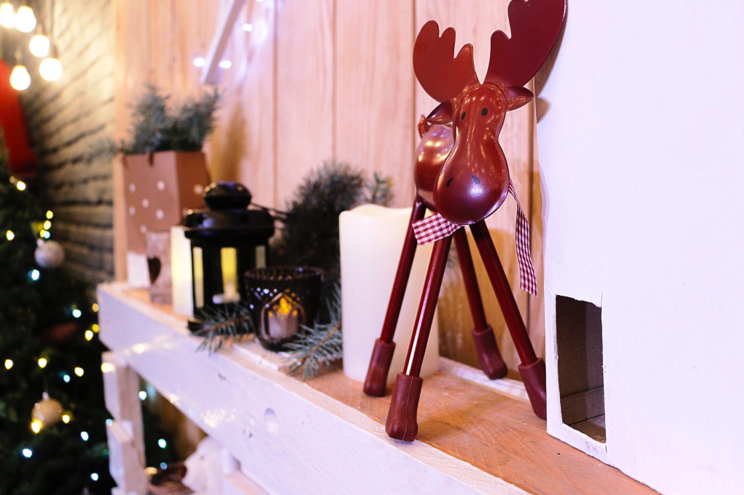The Early Days of Artificial Christmas Trees
Green artificial Christmas trees have come a long way since their inception in the early 1900s. The first artificial trees were made of goose feathers dyed green and wrapped around sticks. These earliest artificial Christmas trees were most popular in Germany and quickly gained popularity across Europe, becoming a typical decoration in storefronts, homes, and public spaces.
As the years passed, companies began experimenting with new materials and designs. One of the first significant innovations was aluminum in the 1950s, which made the trees lighter and more durable. These silver trees were all the rage during the mid-century modern era, and their shiny, metallic appearance perfectly reflected the sleek, futuristic aesthetic of the time.
In the 1960s, artificial trees made of PVC (polyvinyl chloride) began to appear on the market. PVC, a type of plastic, allowed manufacturers to produce trees that were even more affordable and lightweight than aluminum ones. Furthermore, PVC trees could be molded into more natural shapes than earlier, with branches that looked convincingly like natural tree branches.
The Advancements of Modern-Day Artificial Christmas Trees
Today’s artificial Christmas trees come in various materials, shapes, and styles. Modern-day trees are more lifelike than ever, with high-quality materials that mimic the look and feel of real trees. These days, some of the most popular materials used in artificial Christmas trees include PVC, PE (polyethylene), and TPE (thermoplastic elastomer).
In addition to being more realistic-looking, many modern artificial trees have innovative features like LED lights or built-in sound systems. Some models are even equipped with app-controlled lighting features that allow you to change your tree’s color scheme or pattern with just a few taps on your smartphone.
Another significant advancement in artificial Christmas trees is the rise of eco-friendly options. With sustainability becoming a growing concern for consumers worldwide, many companies offer trees made from recycled materials or use sustainable manufacturing processes. These trees are not only better for the planet, but they also add an extra layer of meaning to your holiday decorations.
Despite all these advancements, many people still prefer a natural Christmas tree’s classic look and feel. But for those who want the ease and convenience of an artificial tree, today’s options are more beautiful and lifelike than ever before. With so many different styles and materials available, an artificial Christmas tree is out there to suit every taste and budget.

